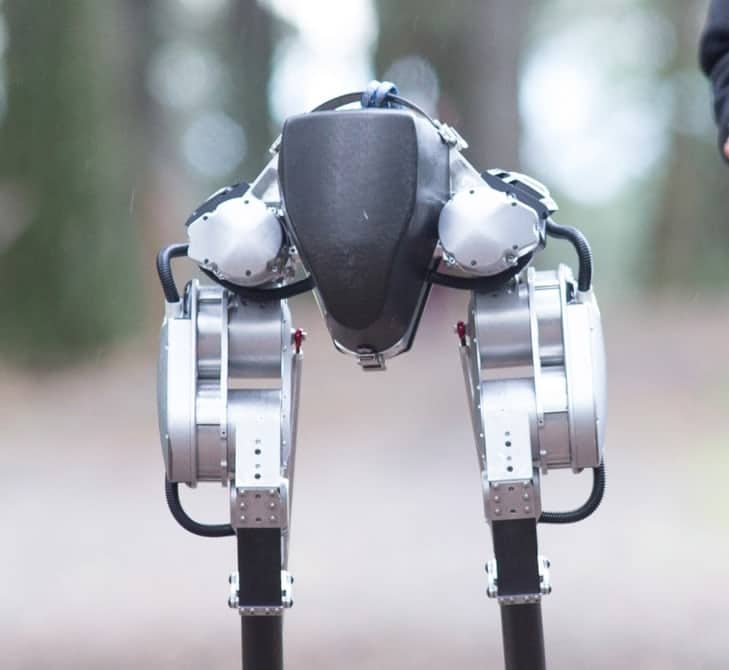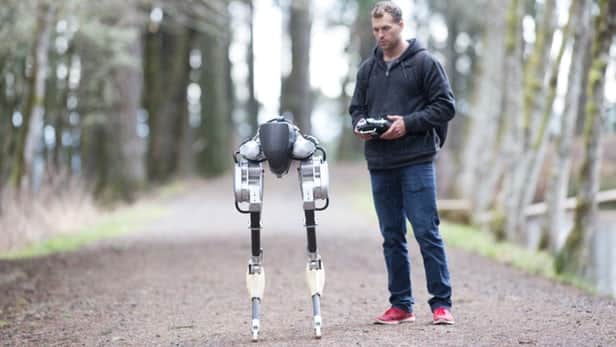One day soon, a bipedal robot could knock on your door to deliver goods ordered online. We have already said something about "autonomous cargo". in this post: unlike a "mobile suitcase", however, the bipedal robot would have an autonomy of movement completely similar to that of a human.
Associate professor of robotics Jonathan Hurst, Oregon State University, is convinced of this to the point of leading Agility Robotics, a company that (also) exploits university research to develop a two-legged robot: the prototype is already ready . Her name is Cassie.
First of all, it must be said that Cassie is not currently structured to carry goods: his is a first development platform, which will be made available to other institutes to experiment with increasingly advanced solutions, up to the marketing of a finished product.
On the other hand, Cassie was also born from the "ashes" of a previous development platform: atrias, which had still immature development for the engine component, which was too exposed and inefficient. “With Cassie,” says Hurst, “we have solved those problems and the robot is now able to continue its journey in all weather conditions, even evolving remotely with periodic remote updates.”
Just to make you understand the pace of development: ATRIAS is a platform born 4 years ago. It was designed and implemented to test and demonstrate theoretical concepts relating to the best efficient robotic setup to reproduce outdoor walking and running on different types of terrain.
Cassie today, just 4 years later, has demonstrated that several of those theoretical studies have actual validity, and not only that: compared to her "predecessor" Cassie already weighs half as much, is twice as fast and has triple efficiency, with improvements enormous in agility and robustness.
What else to say, friends: when is the first public stroll?



